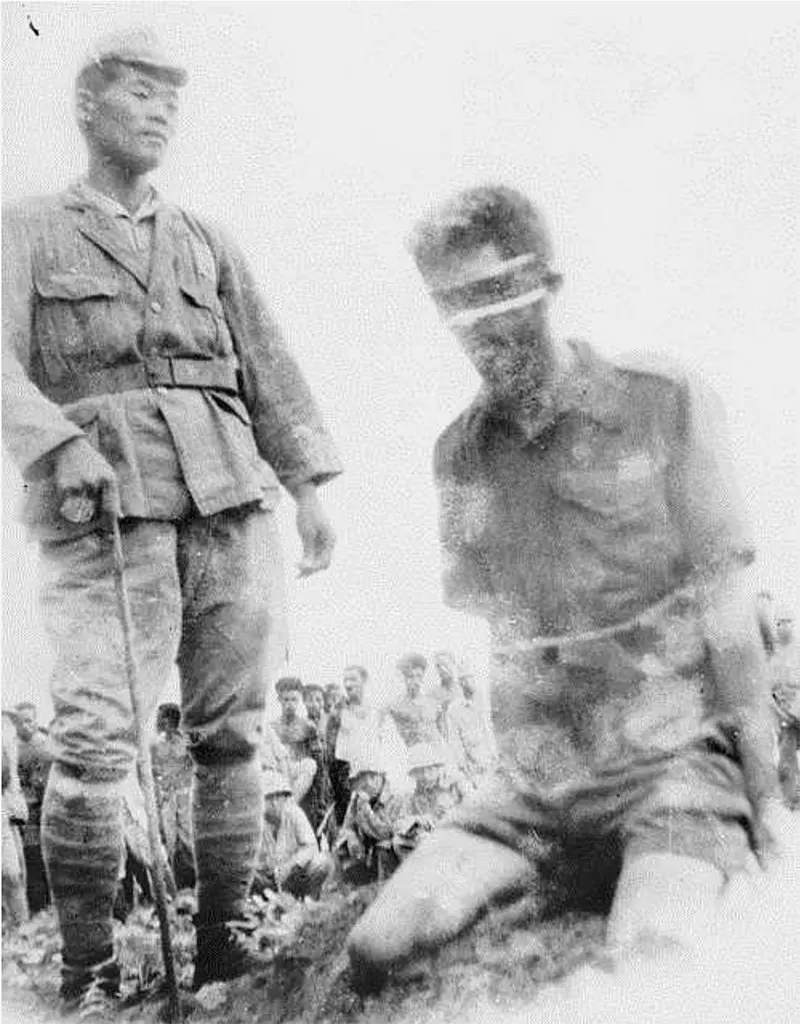 Leonard Siffleet, an Australian commando during World War II, served in the M Special Unit of the Services Reconnaissance Department.
Leonard Siffleet, an Australian commando during World War II, served in the M Special Unit of the Services Reconnaissance Department.
While on a mission in Papua New Guinea, he was captured by partisan tribesmen along with two Ambonese companions.
They were subsequently handed over to the Japanese. The three men endured interrogation, torture, and were ultimately beheaded.
A photograph capturing the moment before Siffleet’s execution has since become a poignant and enduring image of the war.
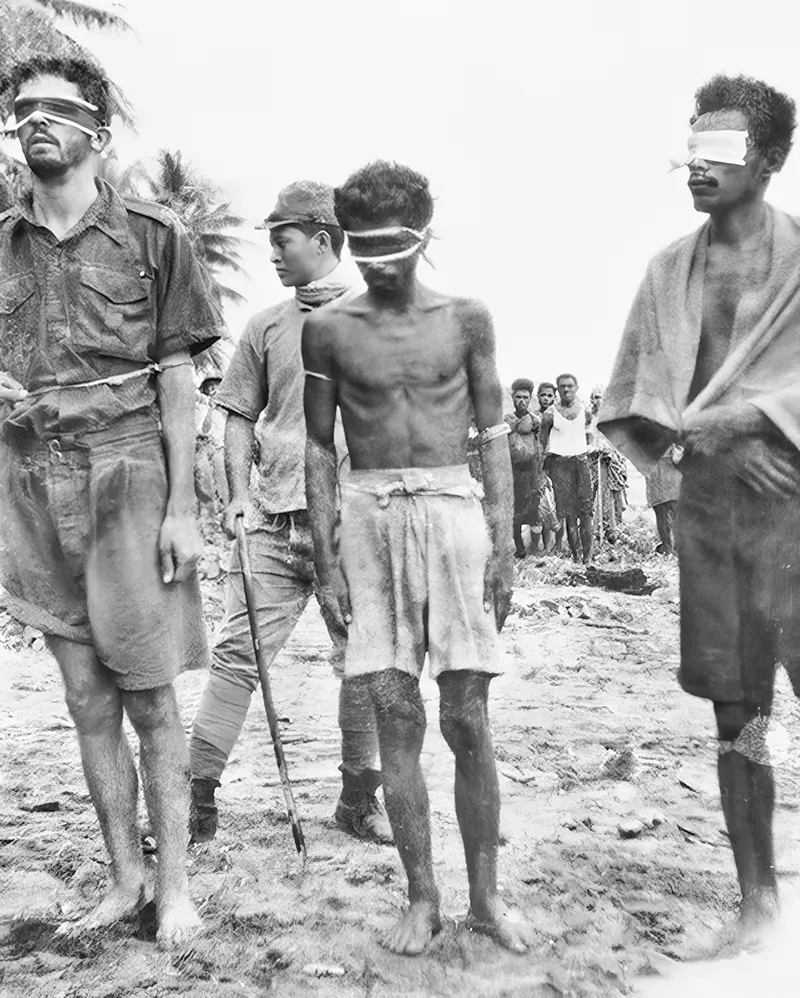
Sgt. Leonard Siffleet (left) moments before being executed by a Japanese officer in WWII.
Leonard George Siffleet was born on 14 January 1916 in Gunnedah, New South Wales. In the late 1930s, he moved to Sydney with hopes of joining the police force, but his plans were dashed due to his eyesight.
Despite this setback, he was called up for the militia in August 1940 and served in a searchlight unit at RAAF Station Richmond.
After three months in the militia, Siffleet returned home to care for his younger brothers after their mother passed away.
He worked as a shop assistant until September 1941 when he enlisted in the Second Australian Imperial Force (AIF).
Initially, he was stationed in Ingleburn, New South Wales, and served at the signals company. During this time, he was engaged to Clarice Lane.
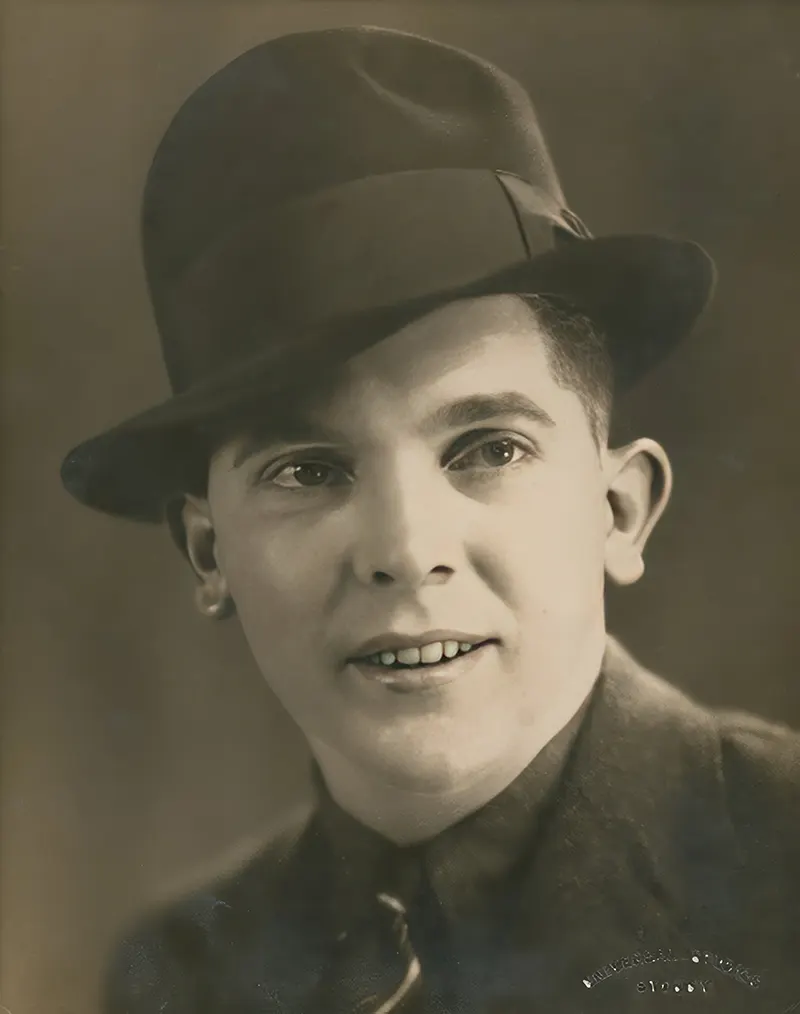
Leonard Siffleet in 1941.
After completing his radio communications training, Siffleet volunteered for special operations in September 1942 and was assigned to the Services Reconnaissance Department (SRD) of the Allied Intelligence Bureau in Melbourne. He was promoted to sergeant in May 1943.
In that same month, Siffleet joined M Special Unit for a mission to establish a coastwatching station in the hills behind Hollandia in Netherlands New Guinea.
Commander Eric Feldt, director of the Coastwatchers, described Siffleet as “the best type of N.C.O. of the A.I.F., young and competent.”
He joined a team led by Sergeant Thijs Staverman of the Royal Netherlands Navy, which included two Ambonese privates, H. Pattiwal and M. Reharing.
Their mission, code-named Operation Whiting, was to collaborate with another group (Operation Locust), led by Lieutenant Jack Fryer.
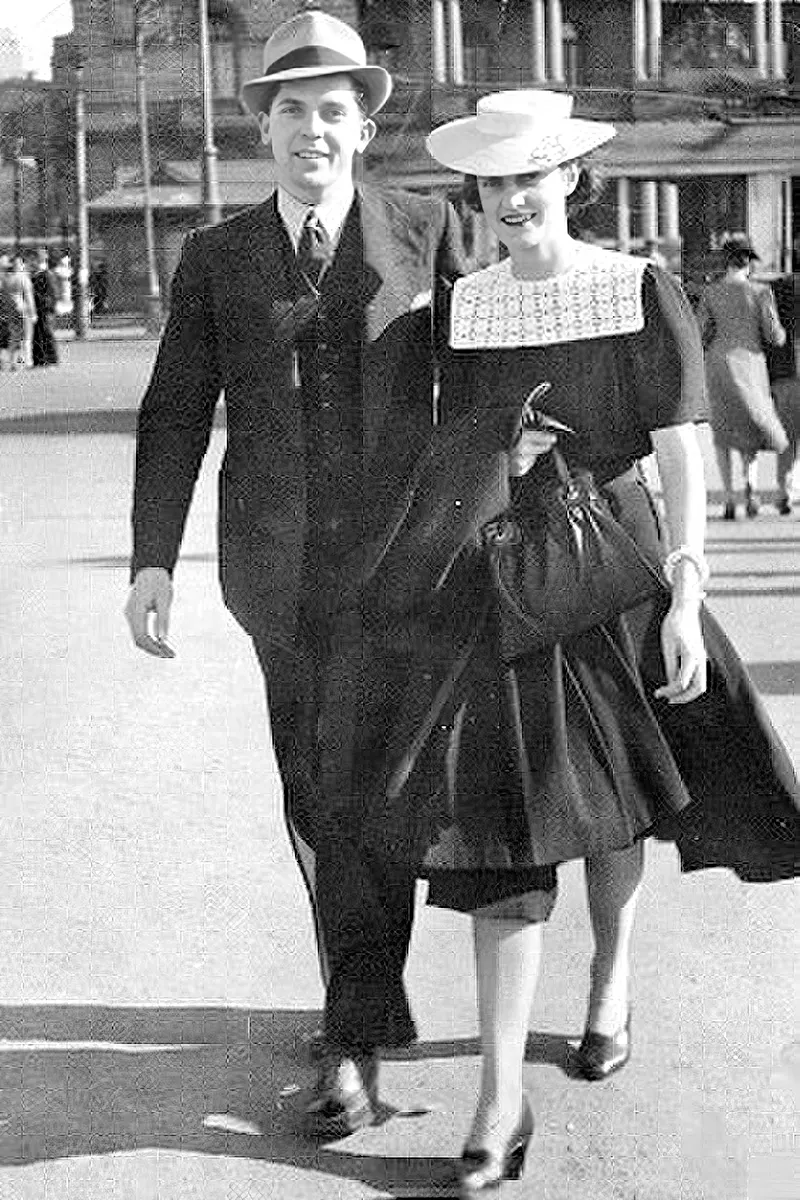
Siffleet and fiancée Clarice Lane, 1941.
Staverman’s reconnaissance group began their mission in north-east New Guinea in July, enduring challenging mountainous terrain throughout August and September.
At one point, Staverman and Pattiwal separated from the group to explore further, only to be ambushed by natives.
Both were captured and initially reported as killed, but Pattiwal managed to escape and reunite with Siffleet and Reharing.
Siffleet signaled Fryer to warn him of the hostile natives and of Japanese patrols, indicating that he was preparing to burn his party’s codes and bury its radio. No more was heard from them after early October.
During this time, Clarice Lane received two letters from the Allied Intelligence Bureau in July and September, reassuring her that Siffleet was “safe and well.”
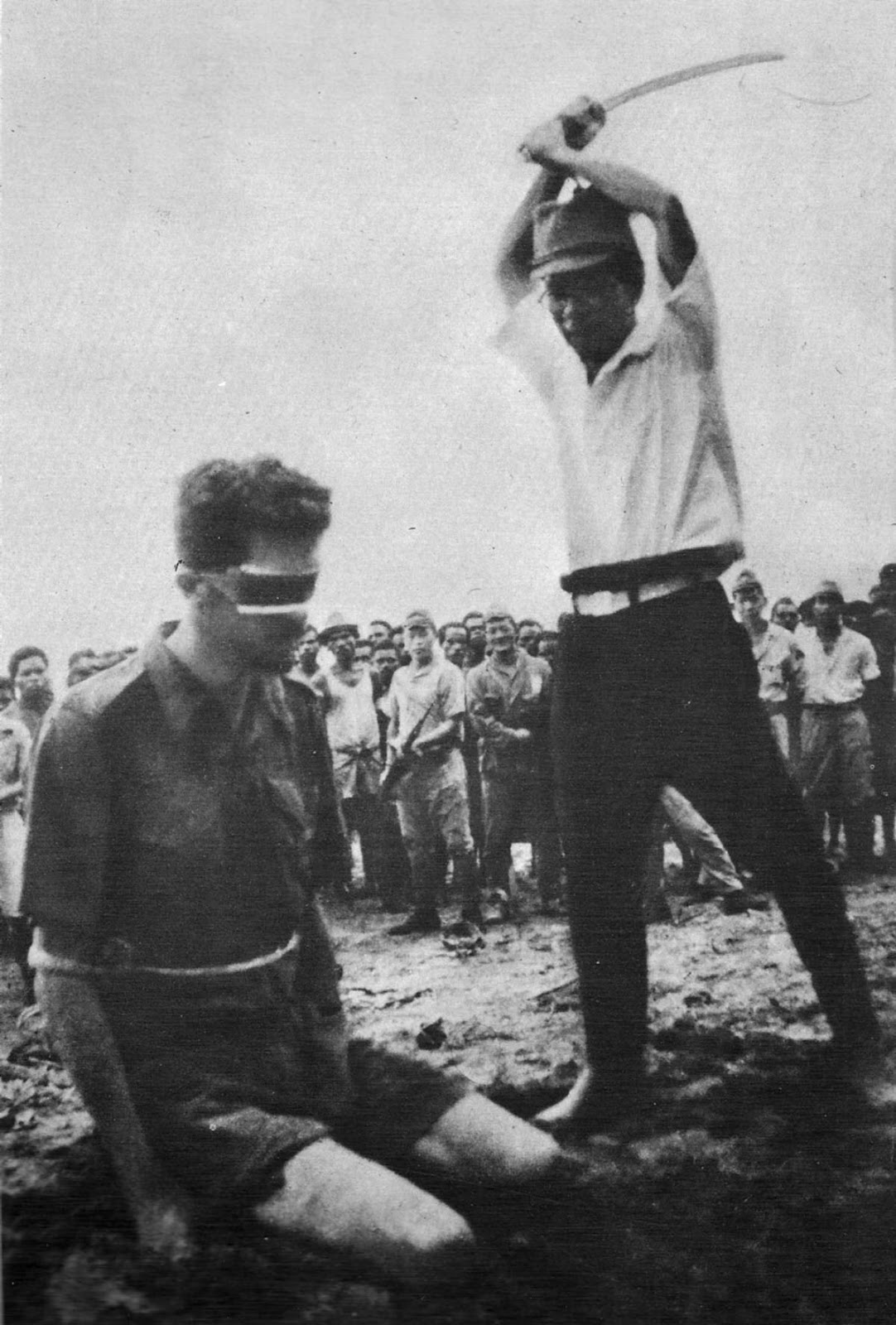
A photograph of the Japanese soldier Yasuno Chikao an instant before he strikes off Siffleet’s head was taken from the body of a Japanese casualty later in the war, 1943.
After Pattiwal rejoined Siffleet and Reharing, the group tried to reach the Dutch border. They were ambushed by around a hundred native villagers near Aitape.
During a short scuffle, Siffleet shot and wounded one of their attackers. Despite their efforts, the group was captured and turned over to the Japanese.
Interrogated and tortured, the team was confined for approximately two weeks before being taken down to Aitape Beach on the afternoon of 24 October 1943.
Bound and blindfolded, surrounded by Japanese and native onlookers, they were forced to the ground and executed by beheading, on the orders of Vice-Admiral Michiaki Kamada of the Imperial Japanese Navy.
The officer tasked with executing Siffleet, Yasuno Chikao, ordered a private to photograph the act.
Reports on Chikao’s fate vary, with some indicating that he died before the end of the war, while others suggest he was captured and sentenced to hang. His sentence was later commuted to 10 years’ imprisonment.
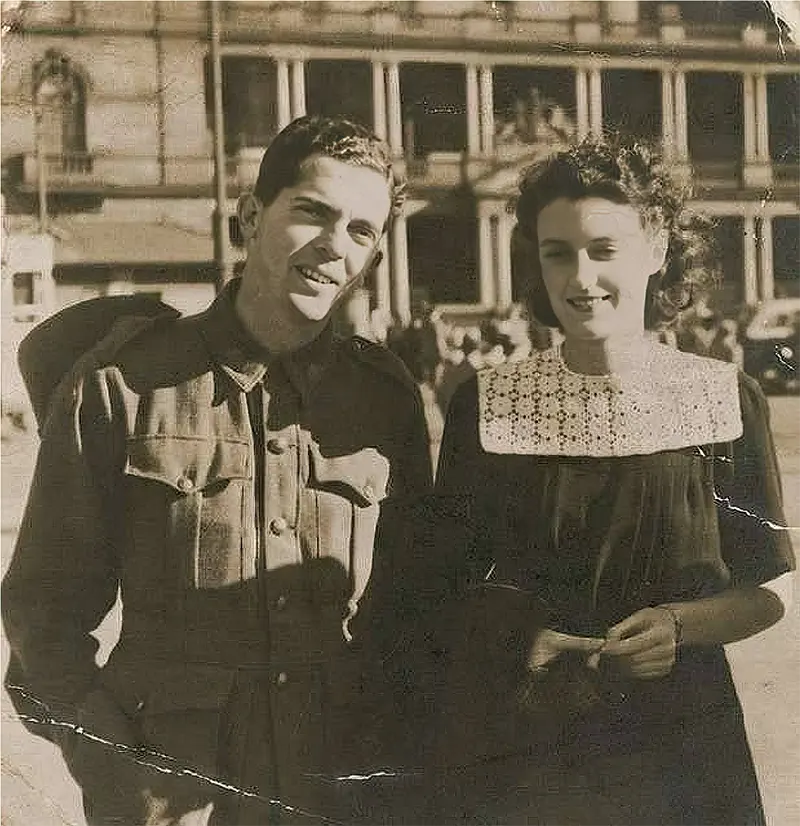
Len Siffleet and his fiancée Clarice Lane on a day’s outing.
The photograph capturing Siffleet’s execution was discovered on the body of a deceased Japanese major near Hollandia by American troops in April 1944.
This image is believed to be the sole surviving depiction of a Western prisoner of war being executed by a Japanese soldier.
The photo was published in Australian newspapers and in Life magazine but was thought to depict Flight Lieutenant Bill Newton, who had been captured in Salamaua, Papua New Guinea, and beheaded on 29 March 1943.
The photograph eventually went on display at the Australian War Memorial.
Siffleet is honored and remembered on the Lae Memorial in Lae, Papua New Guinea, alongside all other Commonwealth war dead from the region who have no known grave.
(Photo credit: Australian War Memorial / Wikimedia Commons).